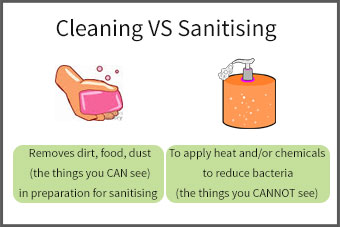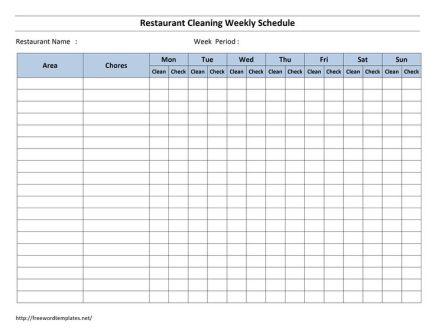It is easy to forget about how important coolroom cleanliness is. The kitchens in restaurants and cafes are busy places, especially during peak periods, or times when staff are off sick.
But there are huge risks to not keeping your cold area clean and sanitised. In this article we will concentrate on why cleaning your cold room is important, what 'clean' actually means, and suggestions on what you can do to keep your workplace sanitary.
Note: This is by no means a complete guide, refer to individual instruction manuals for your cool room, consult your states guidelines and/or contact a coolroom cleaning professional if you need further advice.
Why is cleaning so important?
It might seem obvious as keeping your cold room clean is essential for many reasons, but the most common one we hear about is the risk of food poisoning. Although we don't like to admit it, food poisoning is common, and no one wants to be 'that restaurant' that is featured on the news with an outbreak.
How does food poisoning occur?
It occurs when an individual swallows food or water that contains bacteria, parasites, viruses, or the toxins made by these germs.
More specifically to kitchen hygiene, it can occur when an employee doesn't wash their hands properly prior to food preparation, or when food prepared using cooking utensils, cutting boards, and other tools are not fully cleaned.
What does clean mean?
There 2 steps to cleaning 
- cleaning
- sanitise
Often confused as being the same thing, one cannot exist without the other if you are wanting to create a truly safe environment for food handling.
So what is the difference? The dictionary defines these terms below:
CLEANING - 'free from dirt, marks or stains'
SANITISE - 'make sanitary by cleaning or sterilising'
When we talk about cleaning, we are referring to removing residue, dirt, dust, or anything else that should not be on the surface of the area.
Afterwards, sanitising means to apply heat and/or chemicals to reduce the number of bacteria on said surface.
In other words, cleaning removes the things you can see, while sanitising removes the things you cannot.
Remember, an area first has to be clean, before it can be properly sterilised.
Suggestions for a clean coolroom
Now that we have discussed the importance of a clean cold area, below are some simple suggestions to assist you with your work area.
Create a cleaning schedule
We are often asked the question 'how often should I clean', but it is impossible to answer because there are so many variables, such as the frequency of food rotation, the turnover of the restaurant, and what kinds of food and/or drink you are storing on your shelving, to name a few. So each cleaning schedule will be unique, and don't be afraid to seek help from a professional while putting yours together. For the initial time and outlay it will give you peace of mind for the future.
Below is an example of a simple cleaning schedule.

Make your coolroom easy to clean
We always suggest the ABS Tuff Shelf system for ease of cleaning because it really doesn't get any easier. The shelves can be pulled out individually and placed in the dishwasher or hand washed. To see how simple it is, take a look at the video below.
Seek help from a professional
There are companies who will clean your coolroom professionally and organisations that can offer ongoing advice for a clean cold storage area. Don't be afraid to ask for help! With some planning and organisation a clean cool room can be simple to maintain. If you need any further advice or guidance, please don't hesitate to contact us.
